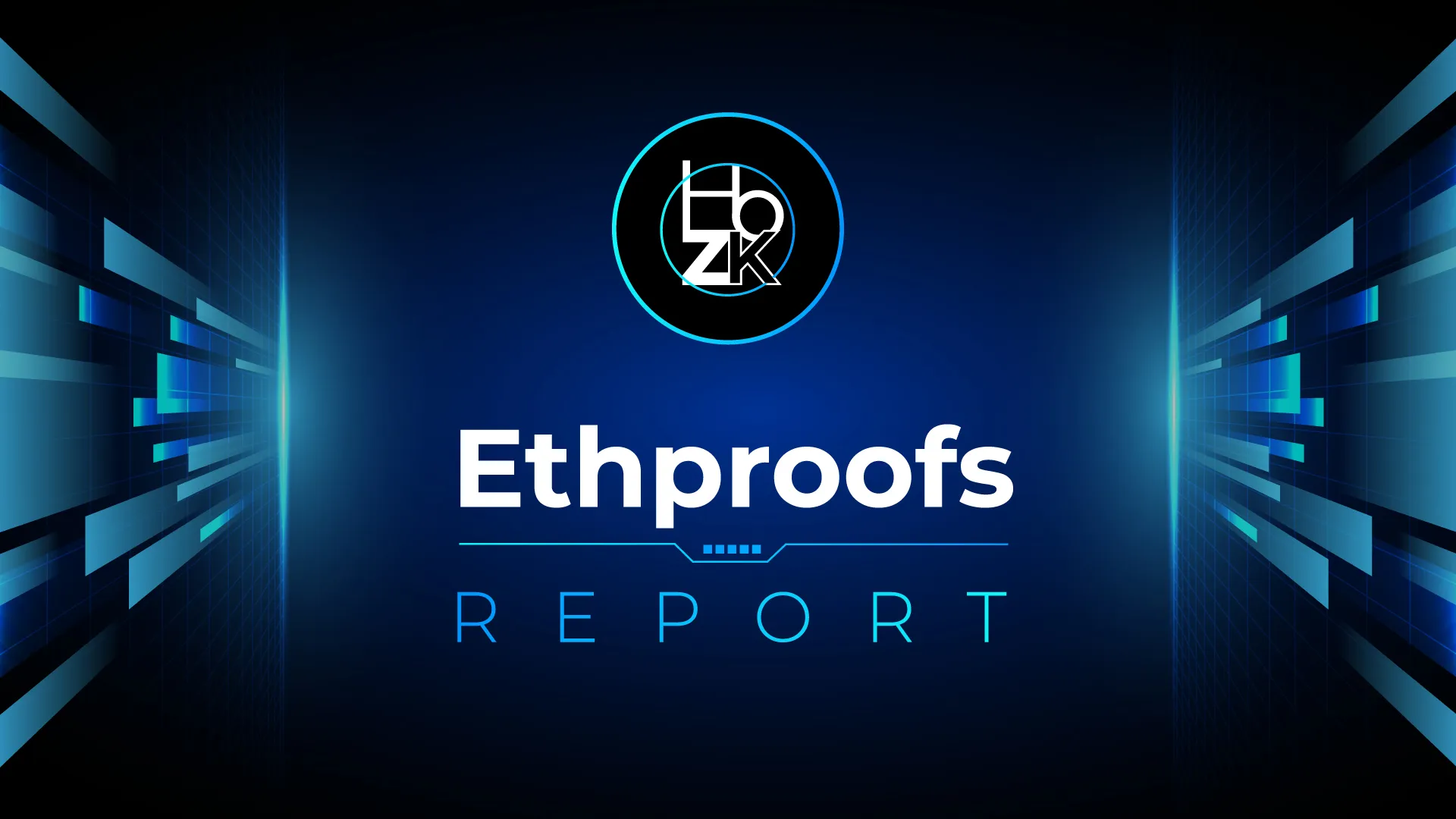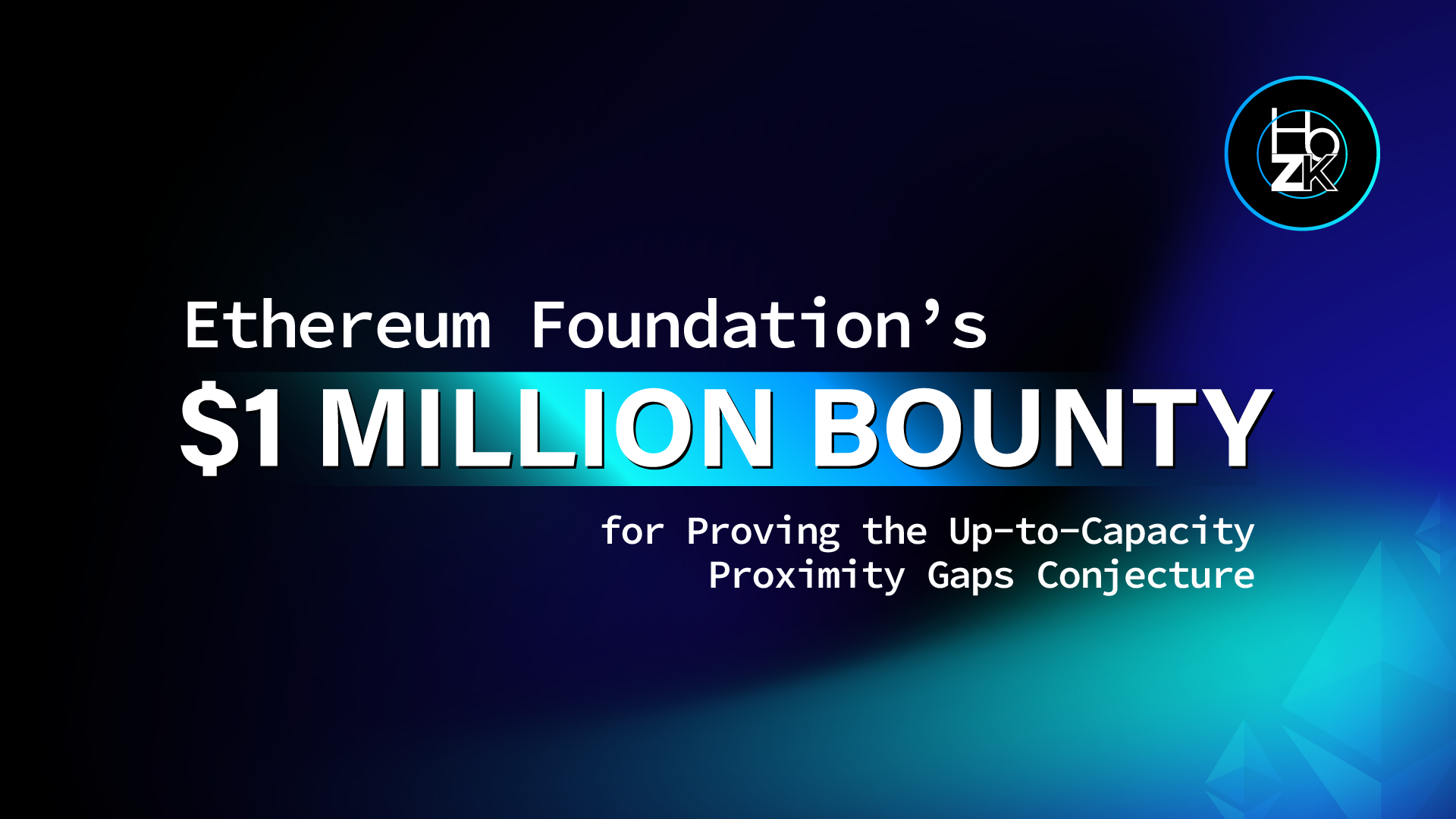
The recent @eth_proofs Call #4 focused on the proposal to enshrine RISC-V at @ethereum L1, diving into the technical, architectural, and philosophical implications of using a standard ISA for zkVMs and Ethereum clients.
The two-hour session featured updates from teams building zkVMs, hardware providers, formal verification researchers, and Ethereum leadership, including @VitalikButerin.
Full recording:
Summaries of the talks
Justin Drake opened the call with updates to the Ethproofs tracker and broader strategic alignment efforts. He framed the discussion in the context of Lean Ethereum and the motivation for enshrining RISC-V at the protocol level.
Highlights from @theyisun's talk:
Highlights from @BruestleJeremy's talk:
Envisioned a multi-step transition:
Highlighted benefits for privacy-preserving clients, account abstraction, and simplicity
The next call will focus on Native Rollups and feature a deep-dive presentation by @l2beat's @donnoh_eth.
Future calls will expand the discussion toward the $1 Million Bounty for Proving the Up-to-Capacity Proximity Gaps Conjecture (see https://hozk.io/journal/ethereum-foundations-1-million-bounty-for-proving-the-up-to-capacity-proximity-gaps-conjecture) and broader explorations of RISC-V alternatives and formal verification.
